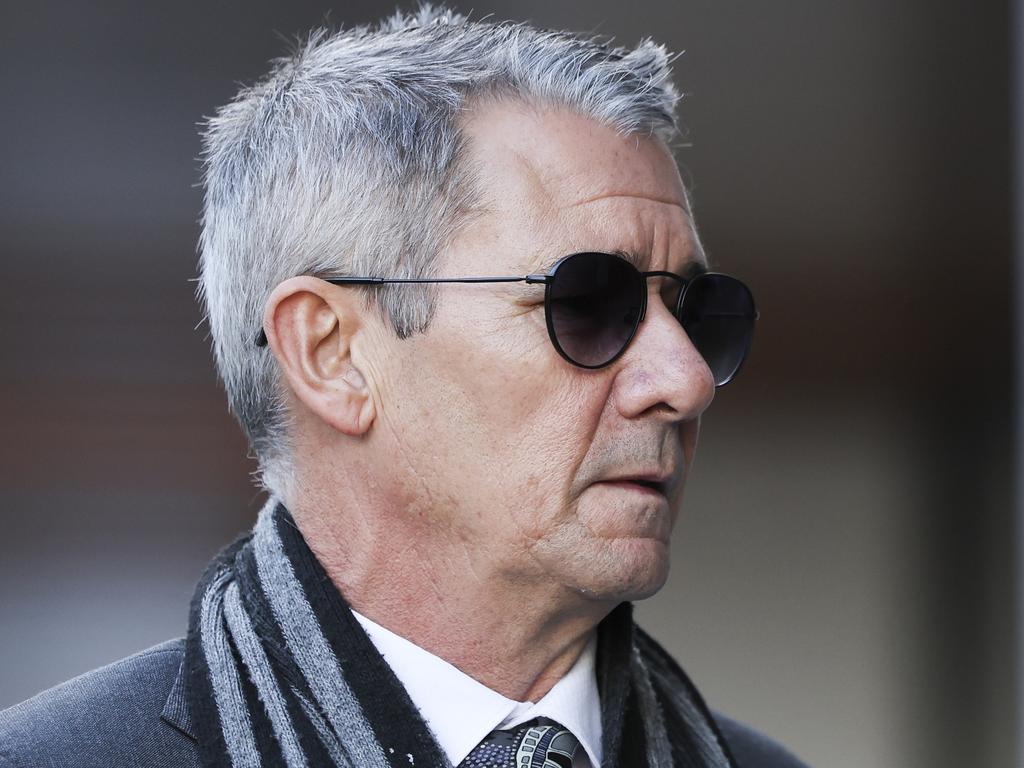Gallipoli a ‘London-orchestrated anti-jihad campaign’, says Sydney Biennale
Curators for the Biennale of Sydney, the festival about $300k short of its funding target, described Gallipoli as a failed ‘anti-jihad preventive campaign’ in a vision statement.

Curators of this year’s Biennale of Sydney described Gallipoli as a failed “anti-jihad preventive campaign, orchestrated from London” in a vision statement for the festival’s flagship art event, before the company revised the statement after concerns were raised.
The Australian can also reveal that the Biennale, which starts next week, is about $300,000 short of its funding target.
The statement, published on the Biennale’s website for the festival’s Ten Thousand Suns exhibition, said the 24th incarnation of the event “goes deeper into different connected threads”.
“(One) thread follows a lineage of largely repressed or misconstrued moments that have been crucial in the history of Australia and have involved relations with the Muslim world …” the vision statement said. “(These include) the formation of an Australian national identity as a consequence to the loss at Gallipoli in the First World War, orchestrated from London as an anti-jihad preventive campaign.”

The statement and description of the loss at Gallipoli as a “London-orchestrated anti-jihad preventive campaign” were published on the company’s website before concerns were raised to and from some of the Biennale’s board, The Australian understands.
This publication also understands the Biennale’s board was not aware of the statement’s publication, or its contents, before concerns were raised to it. A revised, “definitive” vision statement was published in mid-January.
The subsequent version, now live on the site, makes no mention of Gallipoli or it being an “anti-jihad preventive campaign”.

NSW Liberal leader Mark Speakman, commenting on the Gallipoli comparison, asked for an explanation and apology.
“The state government needs to urgently explain why taxpayer funds are supporting such nonsense on the Biennale website,” he said.
“It diminishes the selfless sacrifice by the Anzacs, and as we prepare to mark Anzac Day the Biennale organisers need to apologise to the community.”
Both the federal and state governments are major partners of the Biennale.
Libertarian Party NSW MP John Ruddick criticised the comparison, calling it factually inaccurate. “World War I was the greatest catastrophe in history,” he said, noting that by 1914 the Turkish Ottomans “were secular, and certainly not jihadis”.
“Our heroic Diggers were victims. This terrible historical and cultural scar remains part of the national Australian identity, and should be exhibited accurately and respectfully.”

The previous vision statement also said the exhibition would explore the “complex exchanges between First Nations and Muslim Makassars”; the history of cameleers from across South and West Asia; and “Australia’s history of racist anti-migration policies, as well as the broader role that Islamophobia plays in processes of othering in contemporary life in the country”.
It follows the company emailing patrons this year, saying it had a “final $300k to raise” and urging supporters to consider a donation of up to $100,000.
A Biennale of Sydney spokeswoman declined to comment specifically on the Gallipoli reference in the exhibition’s initial statement, but said the curatorial vision “continuously evolved”.
“It is not unusual for the Biennale to release multiple statements about the curatorial vision across those three-year planning cycles, as artists, artworks and programming is finalised, before releasing a final definitive statement about the vision just prior to the opening of each particular edition,” she said.

“The statement setting out the definitive curatorial vision for the 24th Biennale of Sydney has now been released, ahead of the public opening on March 9.”
The current statement calls the exhibition a “rebirth of history”.
“Prepare to witness the rebirth of history as the heritage-listed White Bay Power Station, a relic of the early 20th century and once a bustling coal power station, opens its doors to the public for the first time in over a century,” it reads.
“Ten Thousand Suns breathes new life into this architectural gem, transforming it into a canvas for contemporary expression.”
Curators of this year’s Biennale are Cosmin Costinas and Inti Guerrero. The chief executive is Barbara Moore, who has held the role since 2019.
The spokeswoman said the company did not disclose funding information.








To join the conversation, please log in. Don't have an account? Register
Join the conversation, you are commenting as Logout